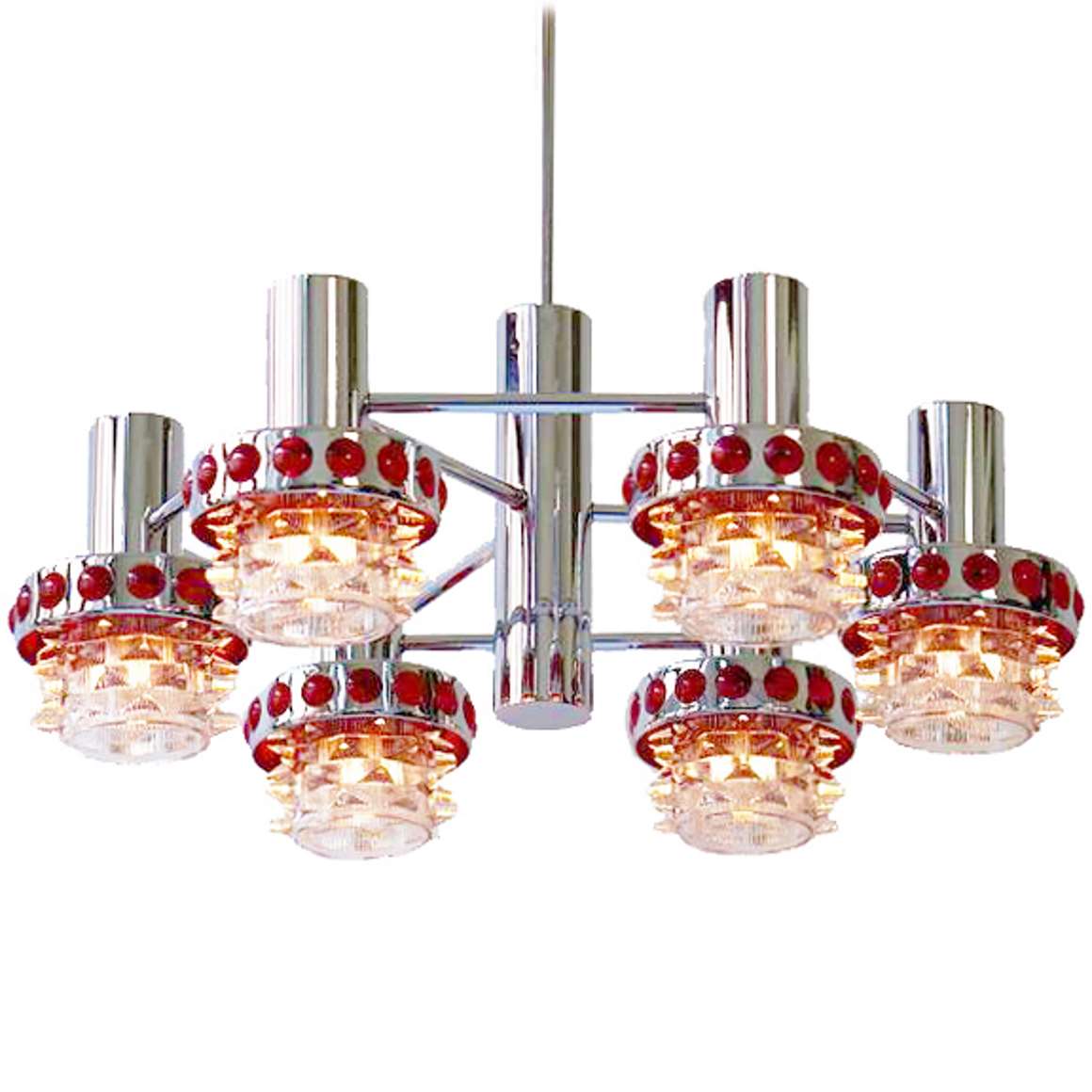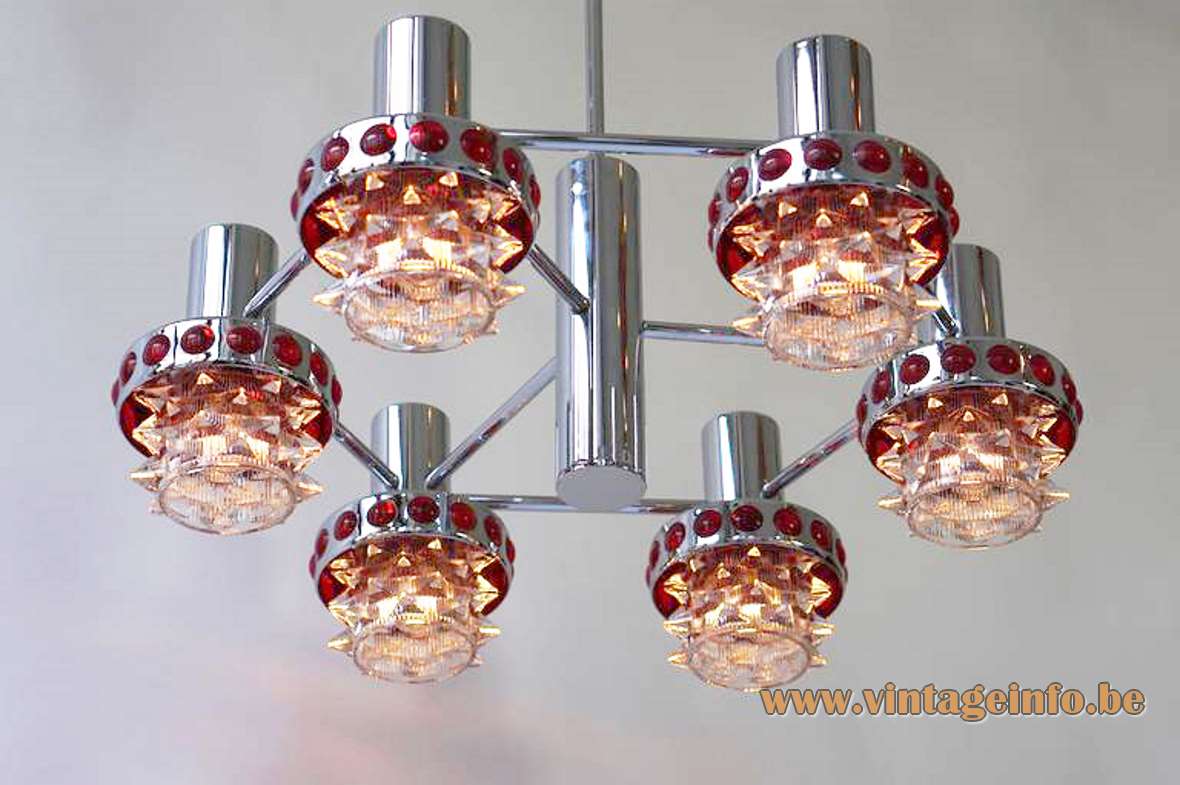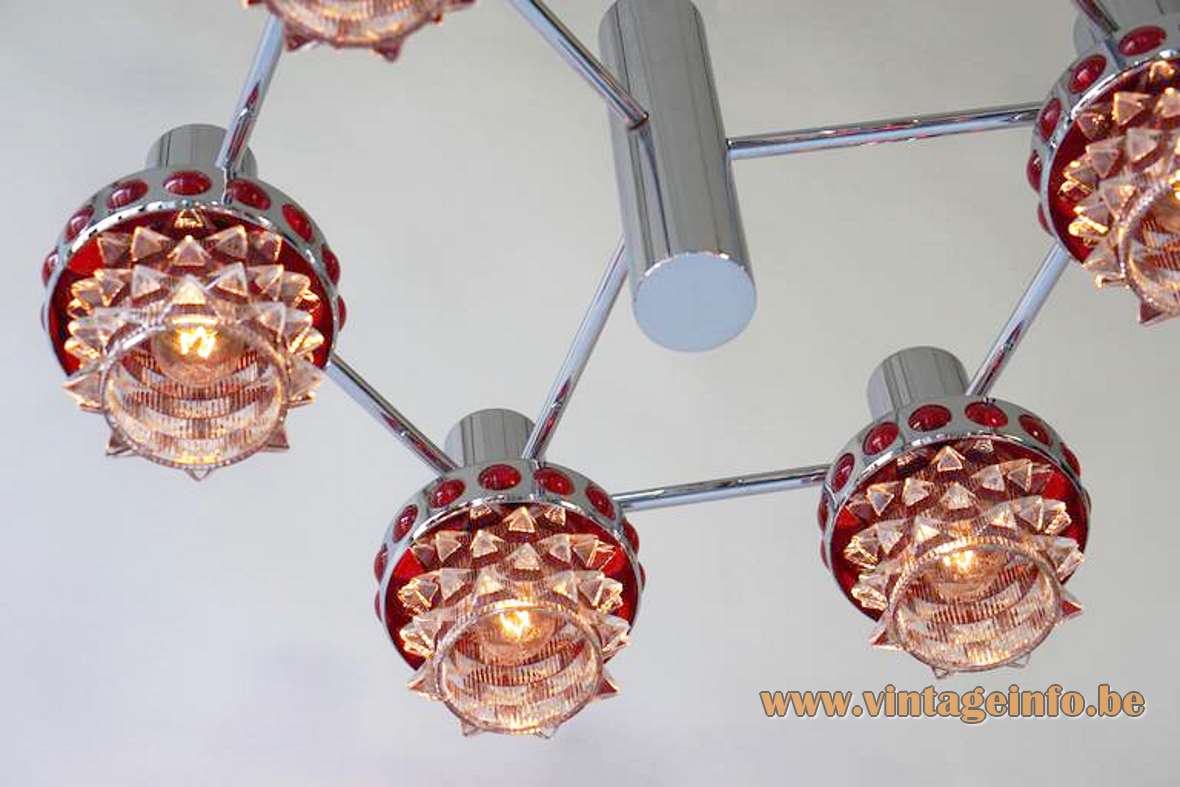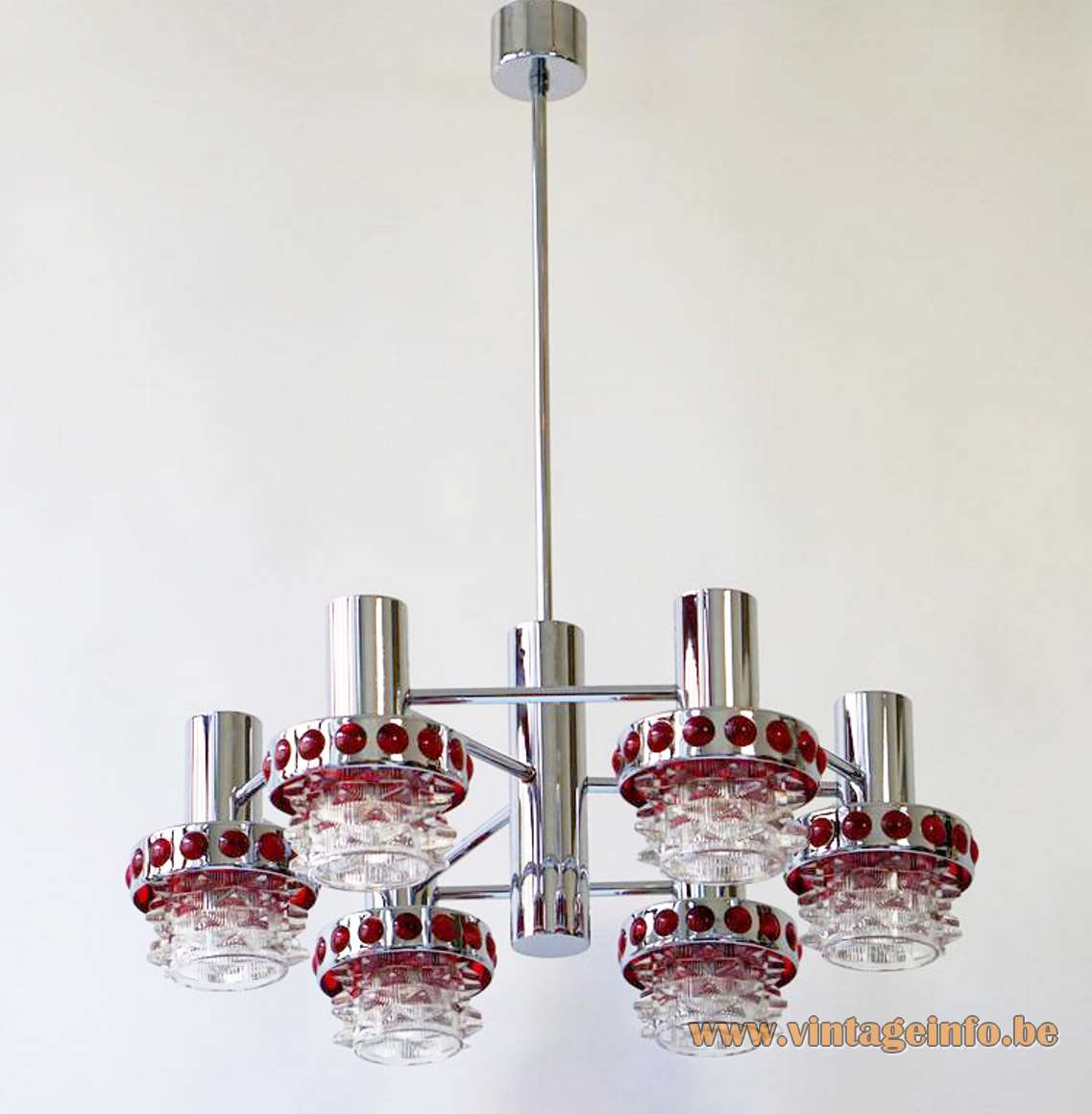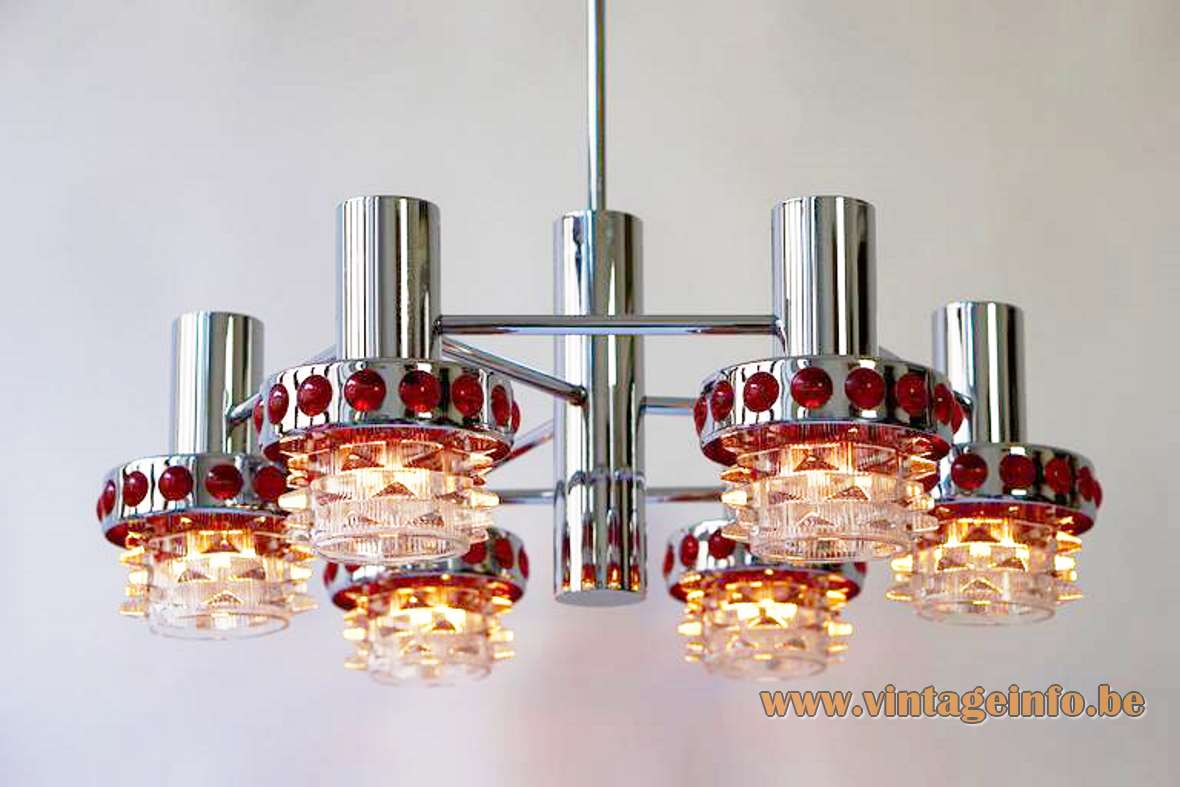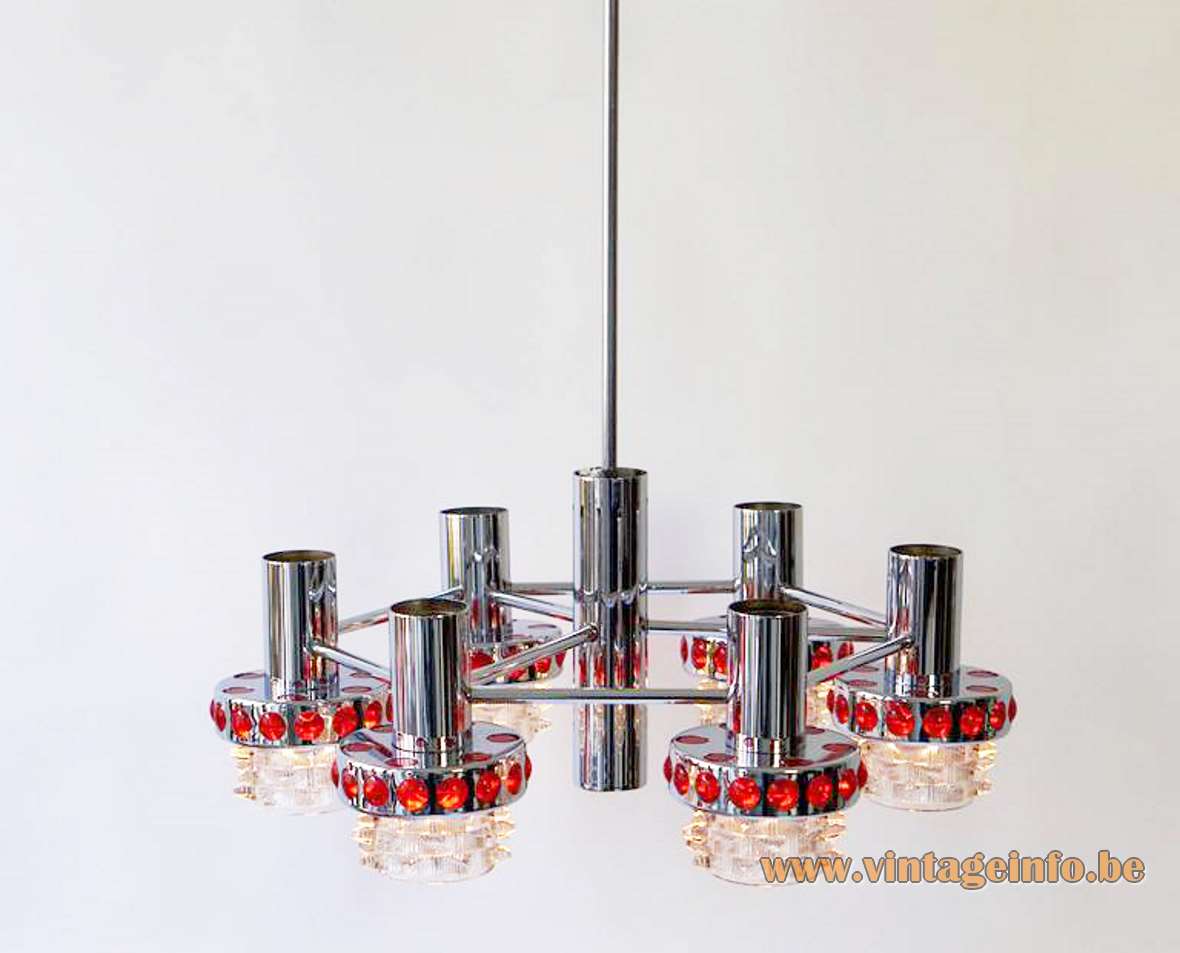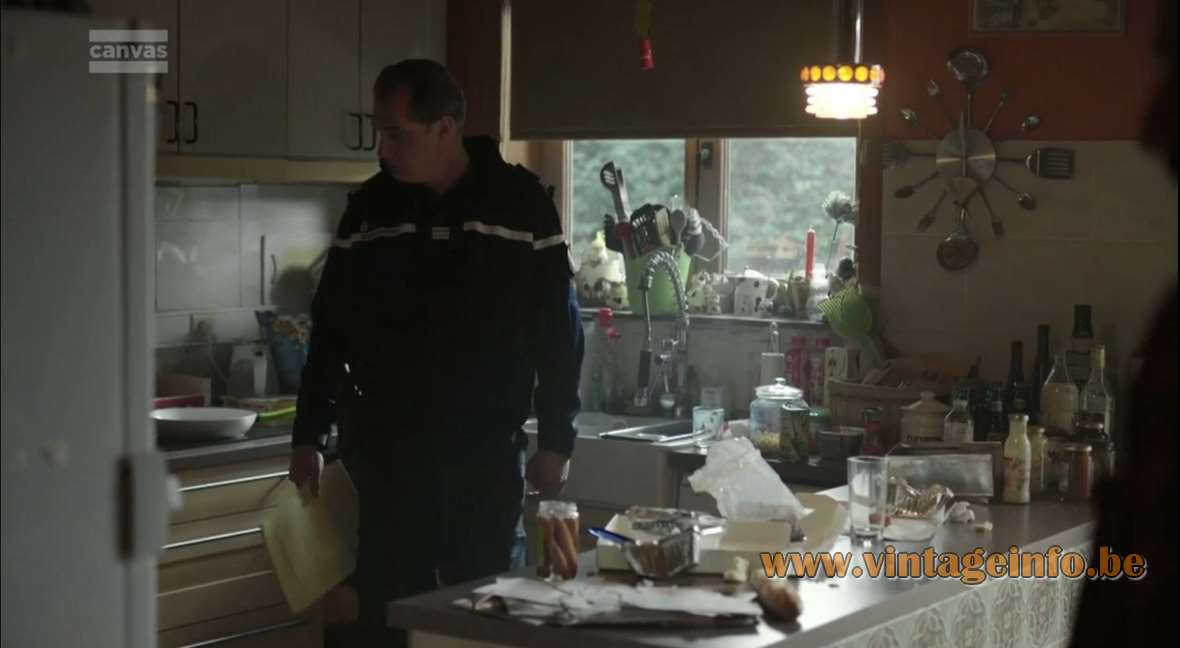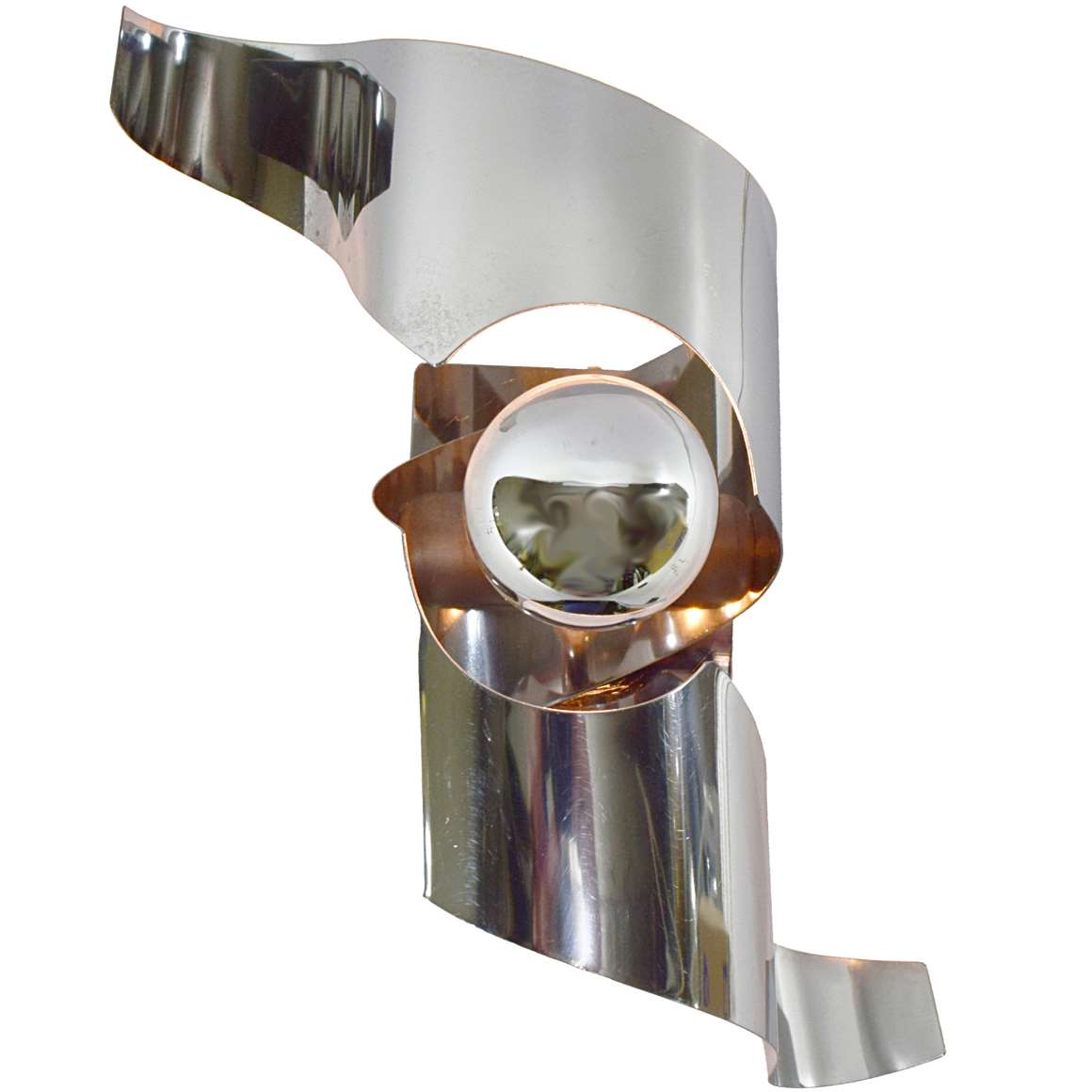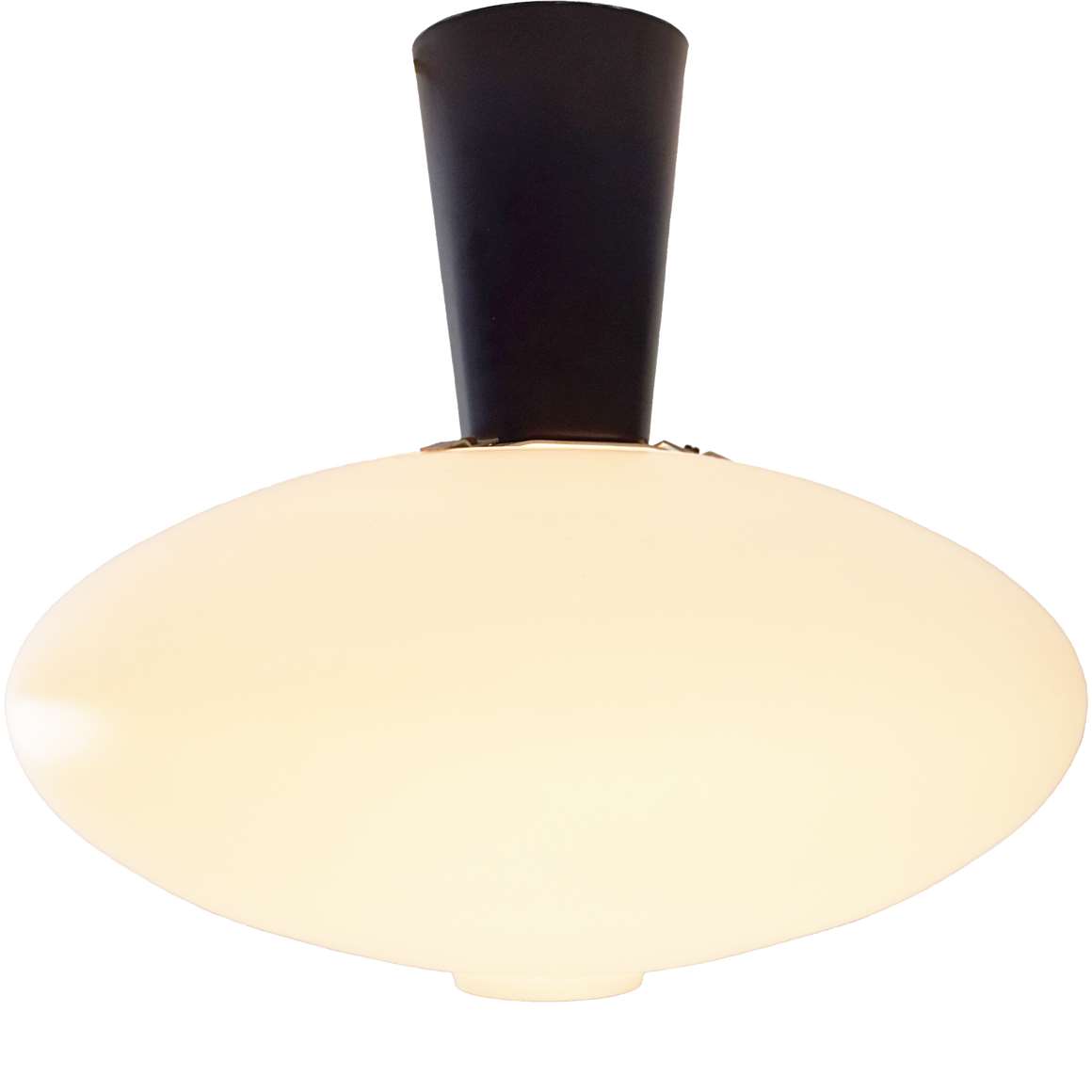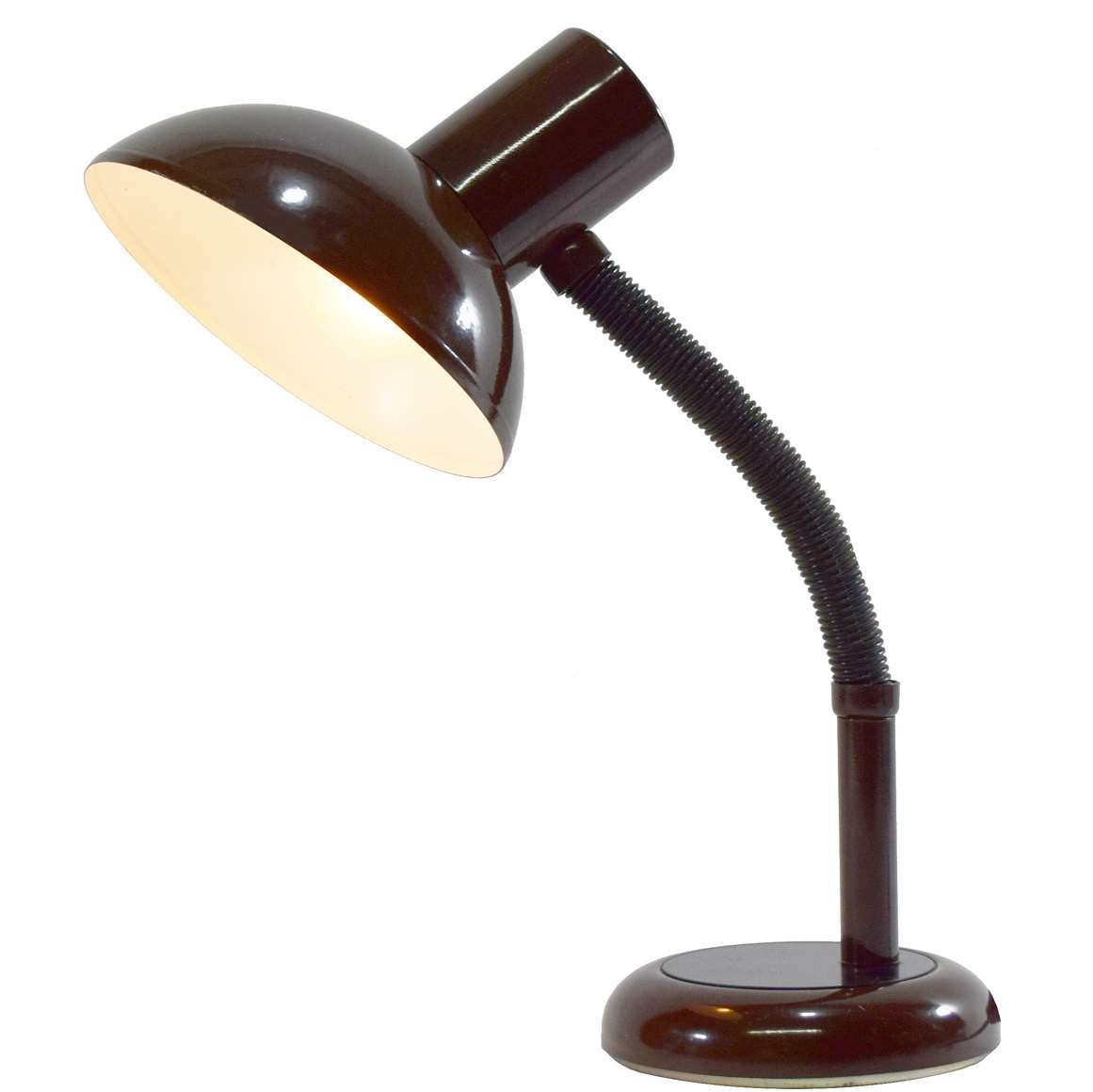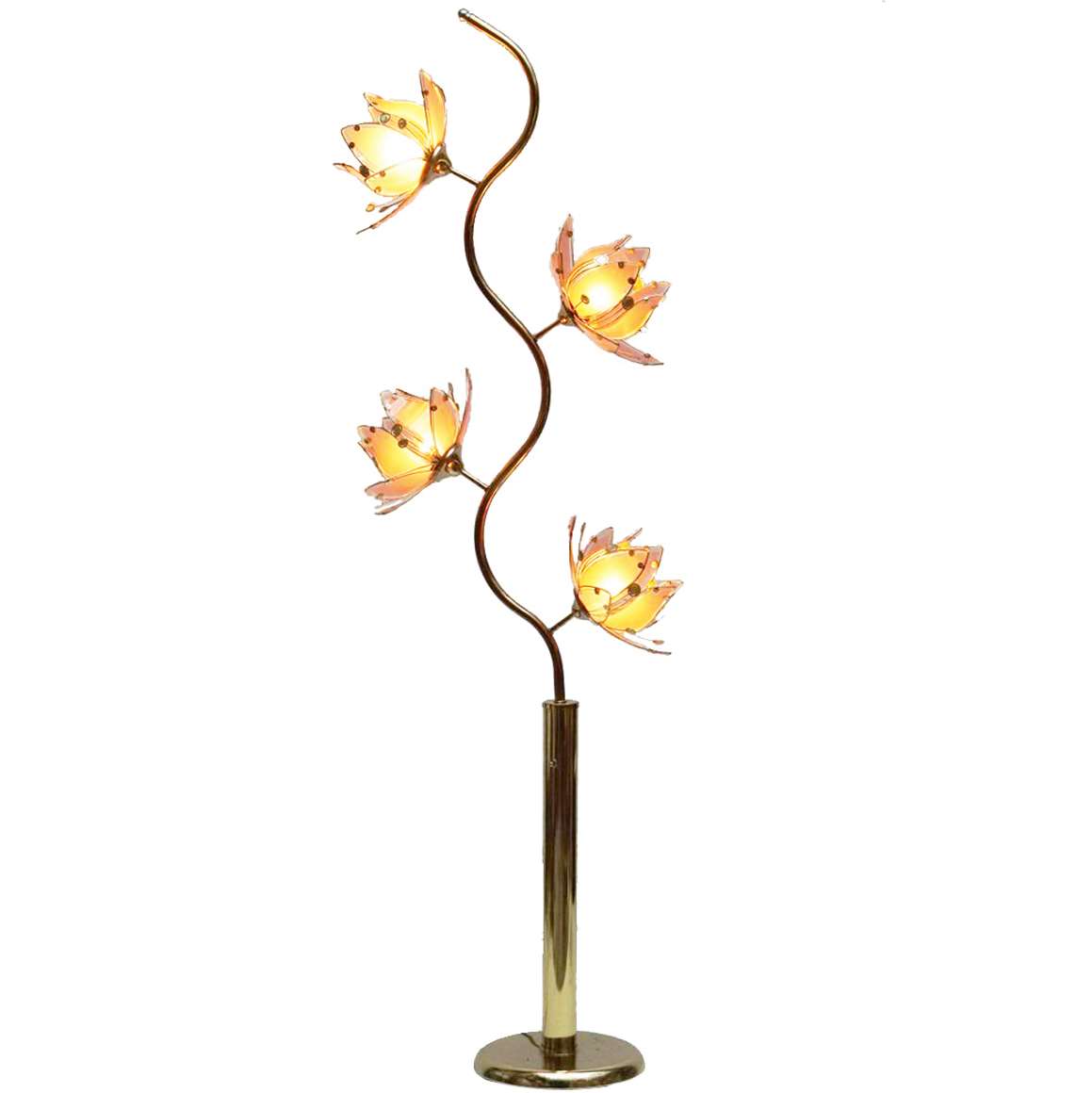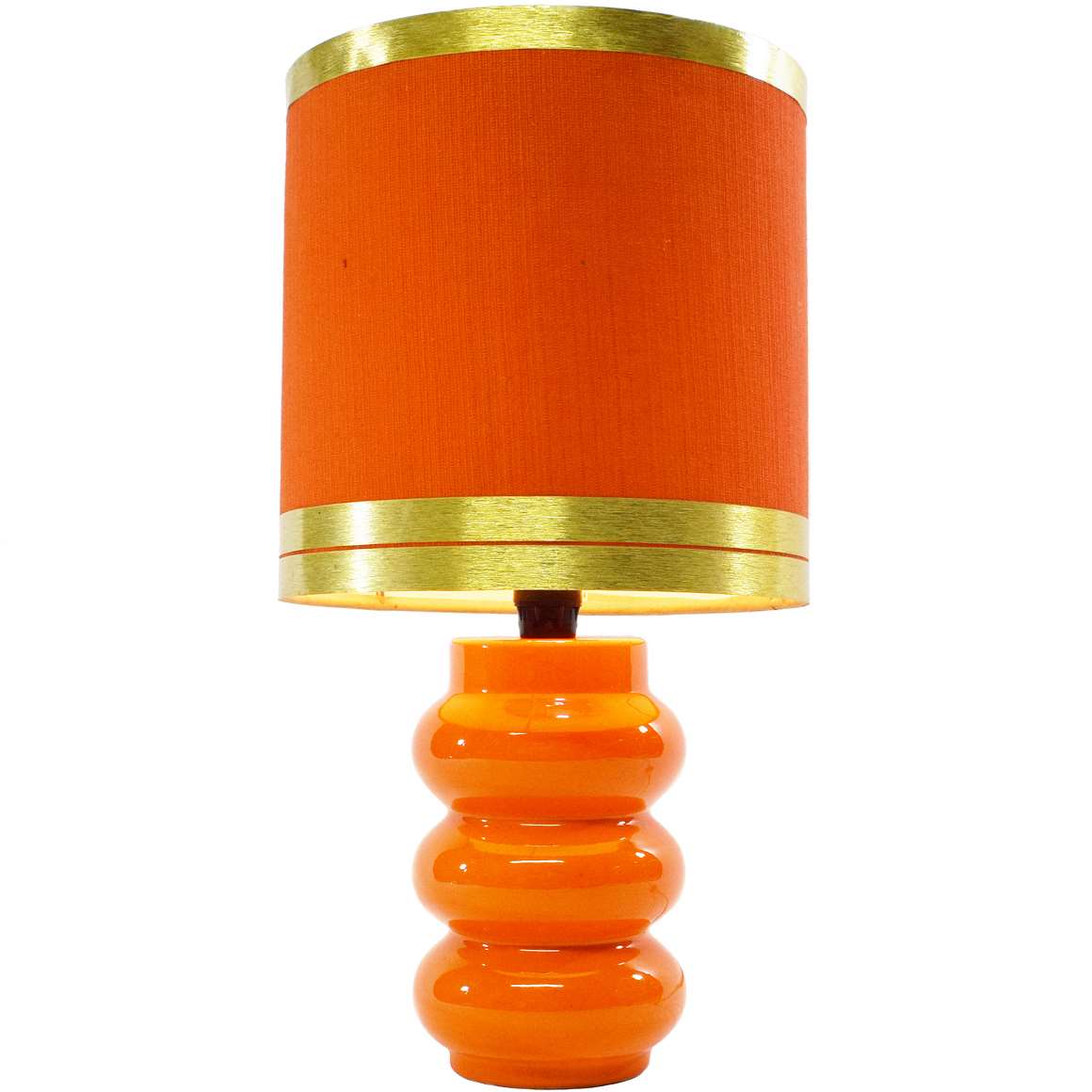Lamps In The Movies
A single pendant lamp was used as a prop in the 2017 TV-series La Fôret (The Forrest). La Forêt is a French/Belgium crime series that was shown on La Une and Canvas (Belgium) and on France 3 (France). The story goes about a sixteen-year-old girl that disappears from her village in the Ardennes and the investigation about it.
Two single pendant lamps were used as a prop in the 2015 American crime drama television series Narcos. Set and filmed in Colombia. Strange place to find lamps by Massive…;) Here in episode 1 from series 1. In episode 6 a table lamp by Massive appears. Starring: Wagner Moura, Boyd Holbroo k and Pedro Pasca l.
Two orange wall lamps were used as a prop in the 1975 French crime film Peur Sur La Ville (Fear Over the City or Night Caller). Starring Jean-Paul Belmondo, Charles Denner and Giovanni Cianfriglia. Many other lamps appear in this movie.
1960s Red Glass & Chrome Chandelier
Materials: 6 round, clear, embossed pressed glass lampshades. Red dots on top (painted red). Chromed metal (iron) tubes, parts and rods. Long chrome rod and canopy. 6 Bakelite E27 sockets.
Rod Length: 60 cm / 23.62”
Height: 25 cm / 9.84”
Width: ∅ 66 cm / 25.98”
Electricity: 6 bulbs E27, 6 x 60 watt maximum, 110/220 volt.
Any type of light bulb can be used, not a specific one preferred.
Period: 1960s, 1970s – Mid-Century Modern.
Designer: To be appraised.
Manufacturer:Massive, Mortsel, Kontich and Wommelgem, Belgium.
Other versions: This 1960s red glass & chrome chandelier exists in many different colours and models: white, green, orange… Exists as a single pendant lamp, 3, 5,6 and more together, several lights on a rail, together as a chandelier, 6, 8, 12 lights, wall lamp… they were a huge success.
In some countries these lamps were sold as Space Star lamps. In Germany they were also sold by Neckermann.
Doyen
The glass of these type of lamps was made by the Belgian glass factory Doyen. The company no longer exists. It was located in Havré-Ville, near Mons and active between 1909 and 1975.
Raak
These type of lamps are often sold as lamps from Raak, Amsterdam, The Netherlands, but they are not, of course. These lamps arenot describedin any catalogue of the Raak company and Raak lamps are always labelled. Sometimes a label disappears, but not always. The design of this chandelier is also far away from the Raak designs.
Not everyone is aware that these lamps are not made by Raak, on the contrary. Most of the time people attribute lamps to what they find on the internet. Hopefully it will change in time.
A good example is the Night Club pendant chandelier. Often sold in The Netherlands as Raak, but it is a lamp made by Massive. Strange that in a country with 6 big Massive shops in the sixties almost never a Massive lamp appears for sale… Every lamp is Raak, Dijkstra, ANVIA, all Dutch brands. This is partly because Massive lamps rarely have a label. But also because Raak is more fancy and the Raak name sells better, and for more money.
Massive lamps that are often sold as Raak
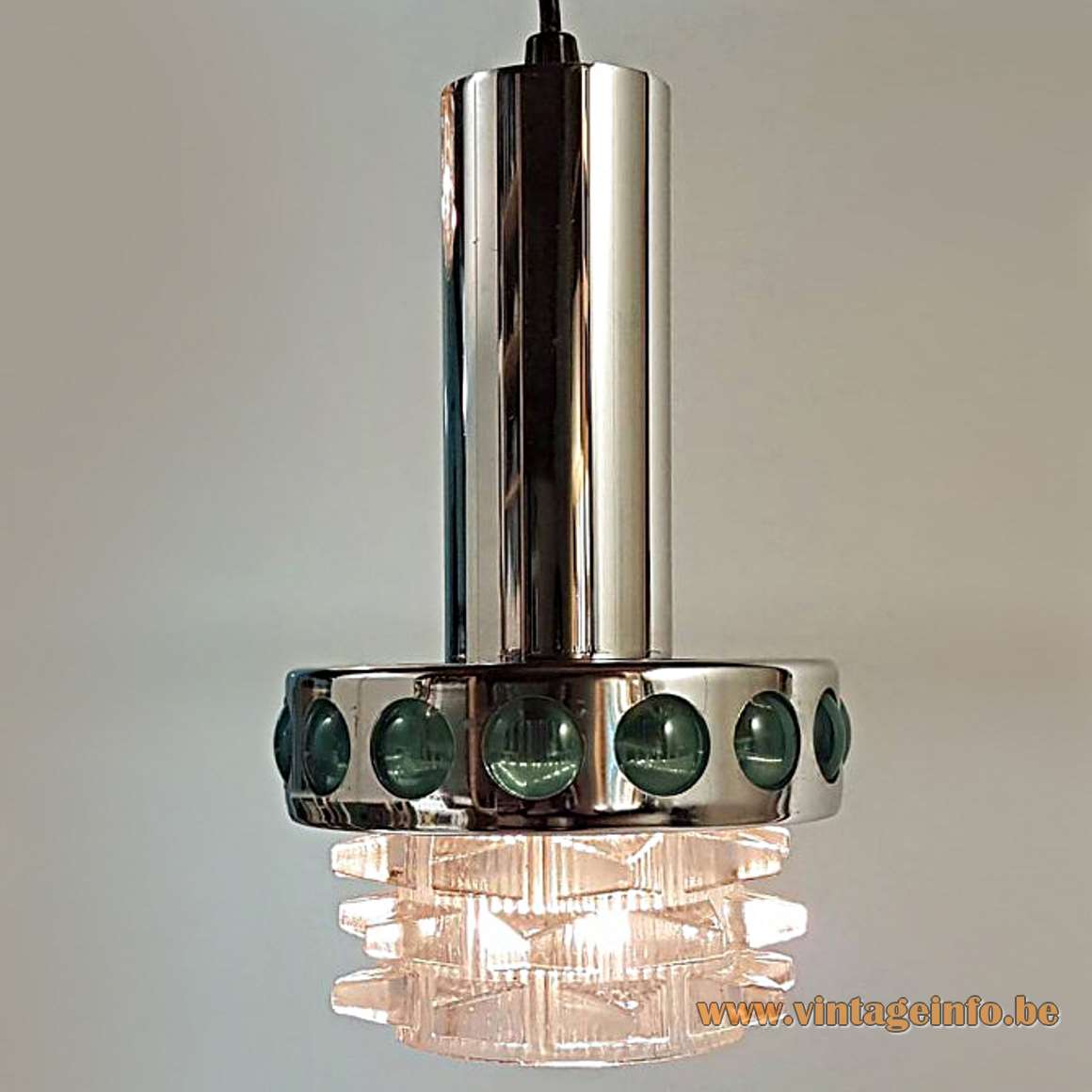
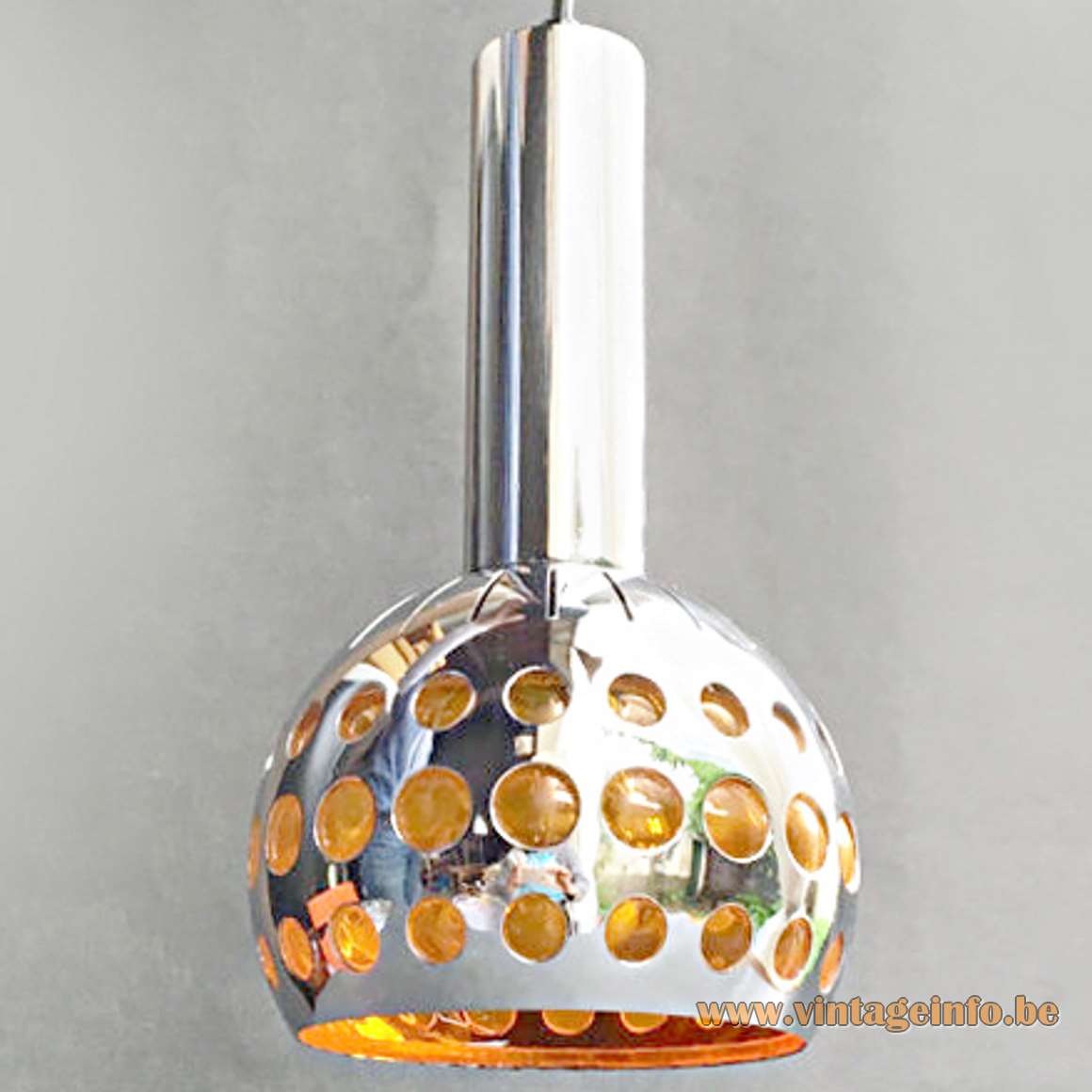
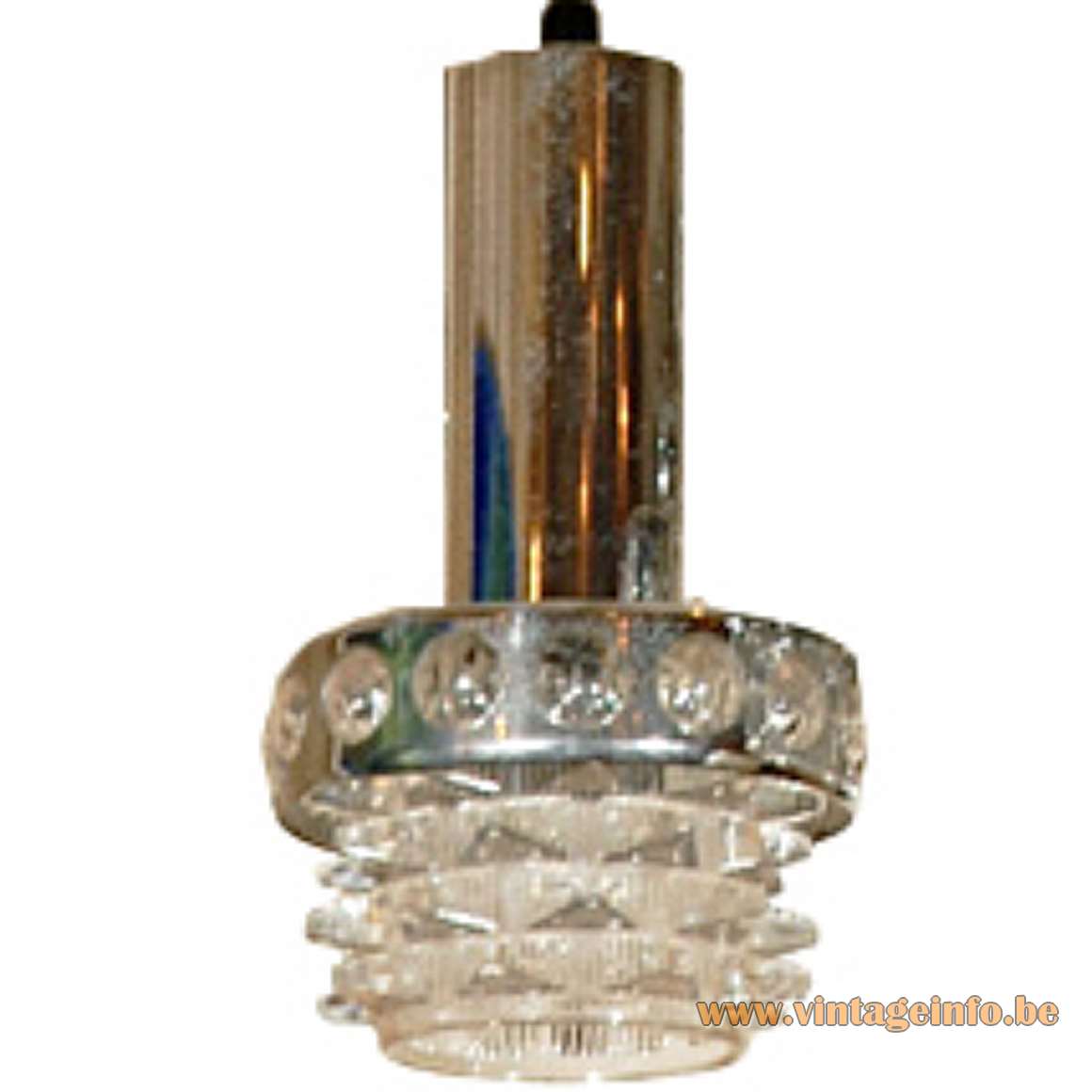
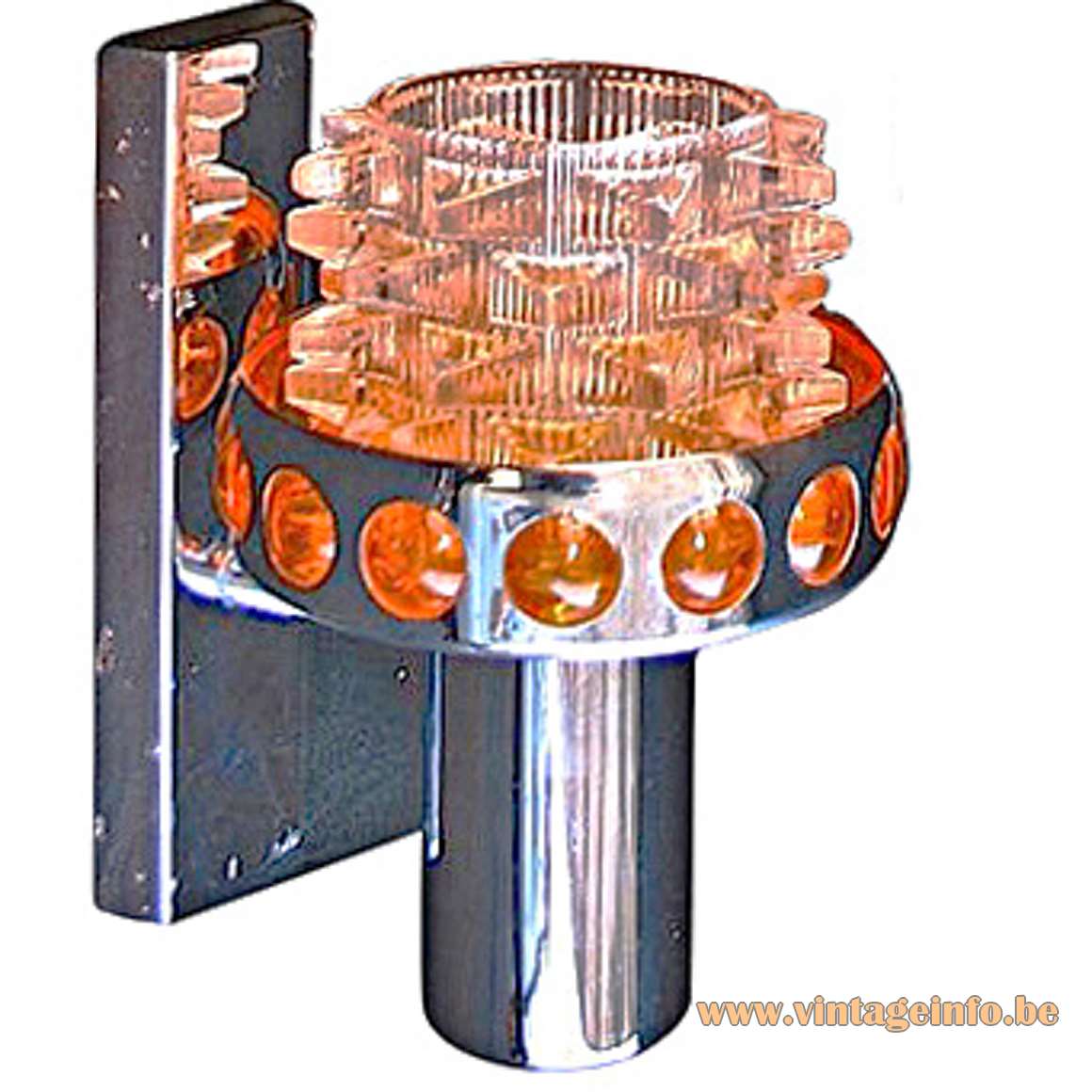

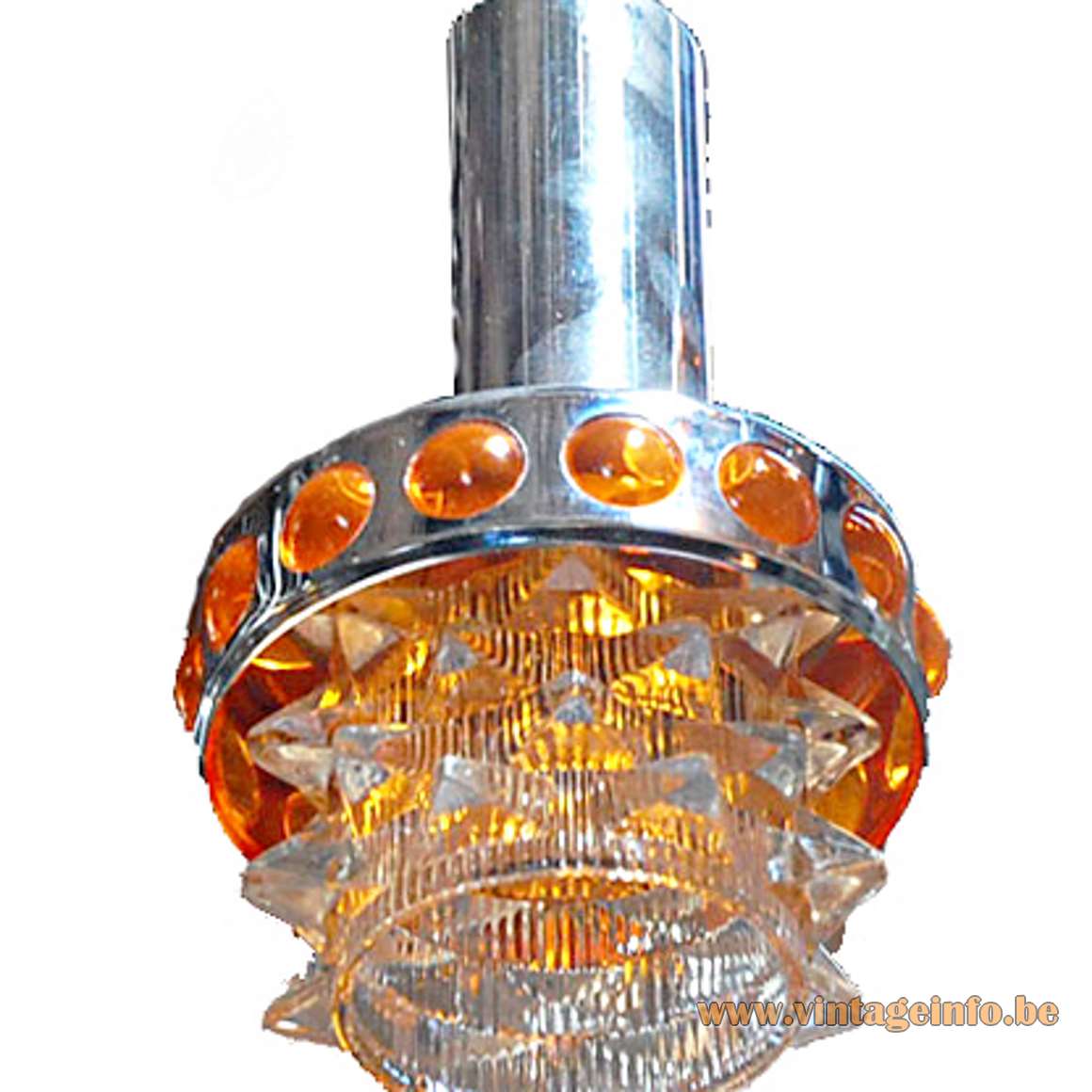
Massive
Origins and Early Growth (1926–1970s)
Massive started in 1926, when Pieter-Jozef De Jaeck founded a bronze foundry in Wilrijk, near Antwerp, Belgium. Initially, the company crafted traditional bronze items such as candlesticks, crucifixes, and chandeliers in-house using established casting methods.
However, as the market evolved during the 1930s and 1940s, Massive quickly adapted to meet changing consumer needs. Therefore, the company gradually introduced more functional lighting products for households. After World War II, electric lighting became more popular across Europe.
Consequently, Massive began combining classic design with modern electrical technology. This strategic shift enabled the brand to reach new customers and grow steadily.
By the 1950s, Massive had earned a solid reputation across Belgium. Its lighting fixtures – often inspired by mid-century trends – were both affordable and practical. Moreover, they were widely available in hardware and furniture stores. As a result, they became a staple in many homes.
In the 1960s, Eddy De Jaeck, the founder’s son, joined the company. He introduced semi-industrial production techniques and optimized logistics. As a result, Massive shifted from a craft-based workshop to a mass production business. This major change laid the groundwork for international expansion.
Design Approach and Product Strategy
Massive became known for producing lighting in the style of more exclusive brands. While they didn’t make direct copies, many of their designs were clearly “inspired” by well-known models. Nevertheless, the company also released some original highlights that stood out in their own right.
In addition to their own production, Massive distributed a significant number of lamps made by other manufacturers. This strategy was not unusual at the time. Many lighting companies across Europe followed the same practice to broaden their product range and appeal to a wider market.
International Expansion and Market Leadership (1970s–2000s)
During the 1970s, Massive expanded rapidly. With Eddy De Jaeck at the helm, and later his sons Piet and Jan De Jaeck, the company grew into a multinational enterprise. To stay affordable and increase volume, Massive moved production to Eastern Europe. Later, it extended manufacturing to China. This deliberate strategy helped the brand stay competitive in a changing market.
By the 1980s, Massive had become one of the top lighting brands in Europe. Its catalog included thousands of options for both indoor and outdoor use. Furthermore, the brand balanced style, affordability, and reliability. Because of this, it gained popularity in both Western and Eastern Europe.
In the Netherlands, Massive began operations in 1962. In addition, the company opened Massive Gorinchem in 1969. This location served as the Dutch headquarters for more than 40 years. Eventually, in late 2012, it relocated to Eindhoven.
Ownership Changes and the Philips Takeover (2002–2010)
In 2002, the De Jaeck family sold Massive to CVC Capital Partners for about €250 million. This move transformed the company into part of the new group, Partners in Lighting International (PLI).
Over the next years, PLI expanded quickly. For example, in 2005, the group acquired Modular Lighting Instruments. Then, in 2006, it added Trio Leuchten from Germany. As a result, PLI marketed over 10,000 products under brands like Massive, Lirio, Trio, Aqua, and Cucina.
The company grew further by employing about 5,000 people and operating in more than 70 countries. In 2007, Royal Philips Electronics announced plans to acquire PLI. The deal closed in 2008, which strengthened Philips ‘ position in the European home lighting market.
Soon afterward, Philips rebranded all Massive stores in Belgium as Light Gallery. By 2014, the Massive name had vanished from packaging and store displays alike.
The End of an Era and the Move to Signify (2010–2024)
After the acquisition, Massive ‘s visibility declined steadily. In 2016, Philips Lighting became a separate, publicly traded company. Then, in 2018, the company rebranded as Signify. This new identity marked a fresh focus on smart and connected lighting.
Eventually, in April 2024, Signify shut down the Light Gallery website and redirected all content to its main platform. Although the Massive name no longer appears in stores, its legacy lives on. Millions of homes throughout Europe still feature its recognizable and timeless lighting designs.
Many thanks to Frank from Flowermountain for the pictures.
